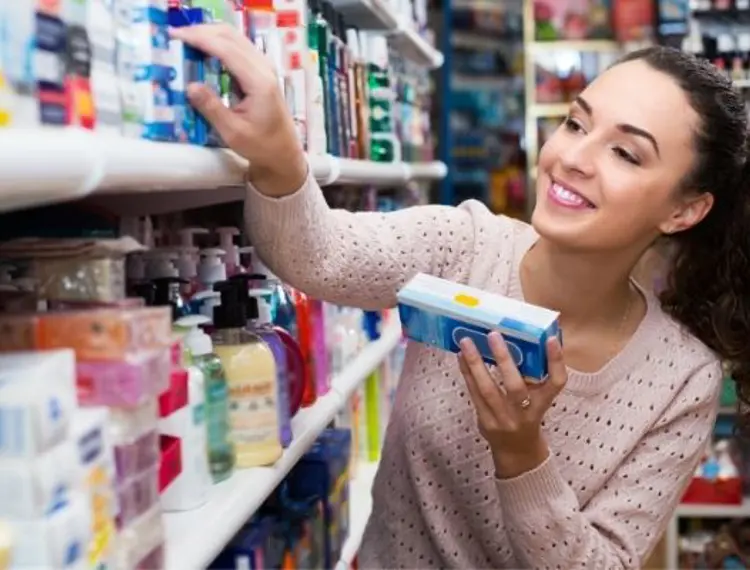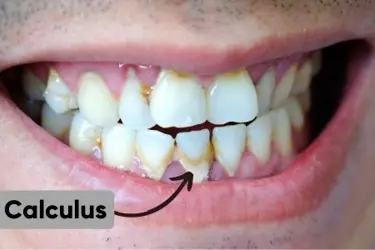
Can I have a healthy mouth and a sparkling smile? When it is time to shop for toothpaste, we want something that will prevent tooth decay and gum disease. We might even look for a toothpaste that can do more. A great example of this is whitening toothpastes.
This article discusses whitening toothpastes. It looks at how they work to be both effective and safe.
Let’s go back to the basics. Plaque is a sticky layer of bacteria that forms on the surface of the teeth. It can make the teeth ‘feel fuzzy’ when they have not been brushed. Calculus is the hard mineral that can build up on the surface of teeth near the gums when the plaque is not brushed away. The plaque takes in minerals from the saliva, turning it into hard calculus. Calculus needs to be cleaned off by a dentist. It cannot be brushed away at home.
Tooth stains can develop on the outside surface of teeth and inside the tooth structure.
Stains on the outside surface of the teeth are commonly caused by the sticky plaque and hard calculus picking up colour from foods, drinks and items that enter the mouth. The colour may be from tea or coffee, red wine, spices such as turmeric, or smoking. The colour gets locked in place when the plaque turns into hard calculus. This creates what is commonly called staining.

It is important to understand that the effects of most whitening toothpastes are on the tooth surface. Whitening toothpastes do not tend to make a large difference to the colour of the teeth.
There are three different ways that whitening is achieved when using a whitening toothpaste
- Abrasives: Silica, alumina, or calcium carbonate are ingredients that might be added to toothpastes as abrasives. They help to remove dental plaque and stains without damaging the teeth. Large toothpaste manufacturing companies test their toothpastes to make sure they get the balance right between stain control and safety for enamel and dentine. Read more about abrasives in toothpaste.
- Peroxide: Peroxide is the main ingredient in tooth whitening gels. It is also used in whitening toothpastes. The amount of peroxide in whitening toothpastes is kept quite low. These toothpastes are regulated by the Therapeutic Good Administration (TGA). The amount of peroxide in the toothpaste and the amount of time that it sits on the teeth while brushing is much less than when using other teeth whitening methods, such as gels. The results will mostly be able to be seen on the surface of the teeth, rather than changing the colour of the teeth.
- Stain blockers: Some ingredients can help to stop colours from staying in the dental plaque and creating stains. Other ingredients work to keep the dental plaque from hardening into calculus. These ingredients go by many names and are commonly included as part of whitening toothpastes.
Modern whitening toothpastes from reputable companies are a safe way to manage stains on the surface of your teeth between visits to your dentist.


